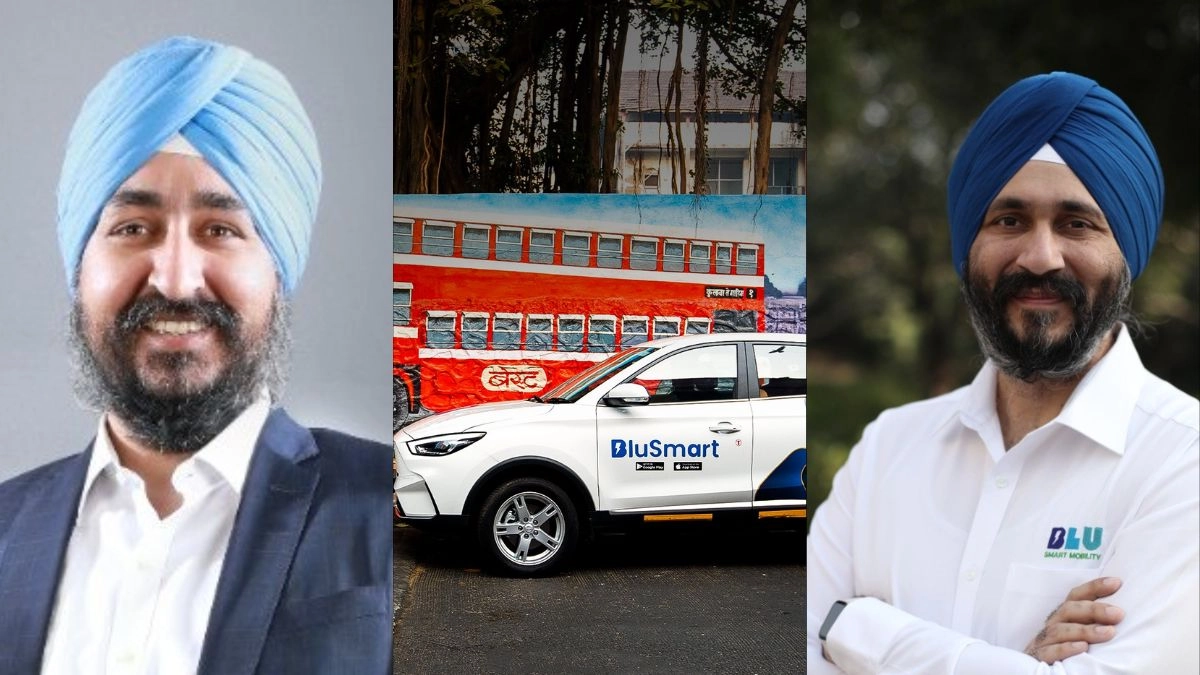In a tragic incident that has sent shockwaves through Karnataka, a five-year-old boy was kidnapped and subsequently murdered, leading to a manhunt for the suspect who was later killed in what authorities described as an “encounter.” The case highlights the grave concerns surrounding child safety and the growing incidents of violent crime in the region. The young child, whose disappearance sparked a massive search effort, was ultimately found deceased, prompting outrage and fear among the local community.
The police acted swiftly upon receiving information regarding the suspected kidnapper, launching a series of operations that culminated in an intense confrontation. During this encounter, authorities reported that the suspect was killed, raising questions about the circumstances surrounding his death and the methods employed by law enforcement. While some may view the police action as a necessary measure in a case involving such heinous crimes, others have expressed concern regarding the potential for extrajudicial actions and the need for accountability in policing practices.
The incident has reignited discussions about the safety of children in India, where kidnappings and other violent crimes against minors have become alarmingly frequent. Community leaders and child welfare advocates are calling for more stringent measures to protect children, as well as better resources for law enforcement to prevent such tragedies in the future. The emotional toll on the family and the community is profound, as the loss of a young life in such a brutal manner is a painful reminder of the vulnerabilities faced by children today.
In the aftermath of this heart-wrenching event, it is imperative for society to reflect on the mechanisms in place to safeguard children and ensure justice for victims of such crimes. This case serves as a wake-up call, urging both the government and citizens to unite in efforts aimed at creating a safer environment for the youngest members of society. The memory of the little boy should not only evoke sorrow but also galvanize action towards meaningful change in policies and community practices to prevent further tragedies.




